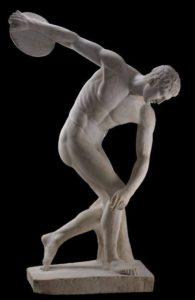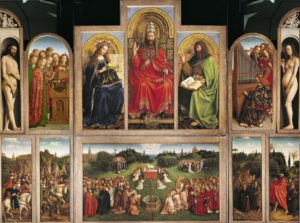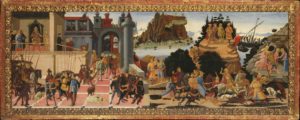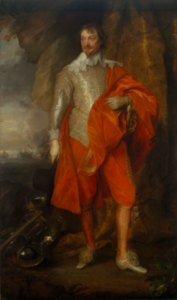Image 1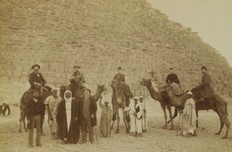
Title: Giza, Family of Tourists
Artist: Antonio Beato
Date: 19th Century
Museum: Met Museum
Image 2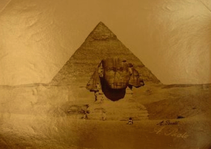
Title: Sphinx et la Pyramide de Chephren
Artist: Antonio Beato
Date: not determined
Museum: Met Museum
Image 3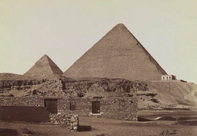
Title: Pyramids at Giza
Artist: Antonio Beato
Date: late 19th Century
Museum: Met Museum
Image 4 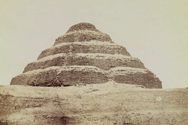
Title: Pyramid at Saqqara
Artist: Antonio Beato
Date: late 19th Century
Museum: Met Museum
Image 5
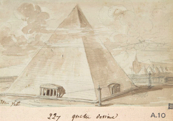
Title: Study of a Pyramid
Artist: Jacques Louis David
Date: not determined
Museum: Met Museum
Image 6 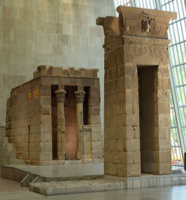
Title: The Temple of Dendur
Artist: not determined
Date: 10 BC
Museum: Met Museum
Each of these works of art are Egyptian themed and more specifically, they focus on Egyptian Pyramids, which is what I created for the creative part of this project, the Pyramid of Giza. Several of these artworks depict the Pyramid of Giza in a detailed way with a family of tourists and an image of the pyramid from afar to show the surroundings. The others are the Temple of Dendur, a sketch of a Pyramid, and two other well known pyramids Sphinx et la Pyramide de Chephren and Pyramid at Saqqara. All these images show the details of Egypts pyramids and helps me highlight their dimensions, color and surroundings.
Thesis/Argument:
Egyptian pyramids are well known for their massive structures, such as the Pyramid of Giza, one of the only structures to remain intact, and it identifies well with my topic and the works of arts I have chosen due to it being one of the oldest and largest of Egypt’s pyramids in the Giza Pyramid complex.

